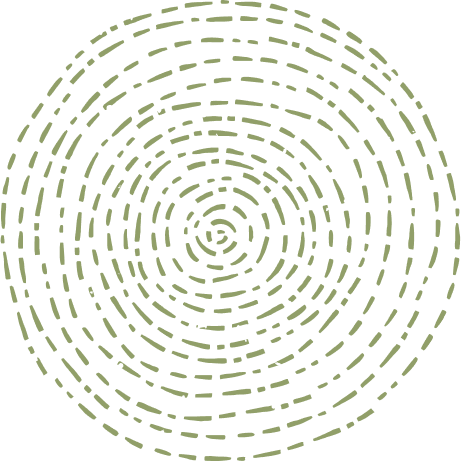Colours of the feather
on Feb 01, 2021I have no doubt that while you are out here in the African bush, you would not have gone by without seeing some of the jewels that occupy our skies... But have you ever wondered how these creatures can steal the light?
The colours in the feathers of a bird are created in two ways – either by pigments or by light refraction caused by the structure of the feather.
First, let’s talk about the pigments found in a bird’s feathers:
The first type is melanin. Depending on its concentration and location, it is responsible for the duller looking colours - darkest black, reddish browns, paler yellows. The pigments are not only found in the feathers, but a small part in the bird’s skin also. Melanin not only produces colour, it is also very strong therefore giving the feather a lot more strength and resistance to wear.



Another type of pigment is called carotenoids. This pigment cannot be produced by the bird independently but rather the bird gets this pigment from what it eats - a certain vegetation or something that has eaten that vegetation. Carotenoids produce the bright yellows, oranges and reds that are found in certain birds.



Lastly, the green you find on birds such as African Green Pigeons and Parrots are created when melanin is mixed with a different pigment.


Adding to the spectrum of colours we find in the feathers of birds, these colours are based on the structure of the feather instead of pigments. These colours are produced when light is refracted off the feather.
Iridescence - this is when translucent keratin is structurally layered in a feather. Short wavelengths are reflected like blues, violets, and greens. Depending on the angle of the light, different wavelengths are refracted therefore determining the colour seen. Great examples of this are starlings, sunbirds, some ducks and geese.



Tyndall scattering is another structural colour. The feather has an irregular structure of keratin, with air pockets. The small air spaces interfere and scatter blue and green light.
Since blue light is a short wavelength, this then almost always results in the spectacular blues you can see in Lilac-breasted Rollers or the greens in Bee-eaters.





So next time you stop to look at a magnificent bird you can understand what goes on to create something so gorgeous.










